44 what is the label for acceleration
Acceleration | Definition, Facts, & Units | Britannica acceleration, rate at which velocity changes with time, in terms of both speed and direction. A point or an object moving in a straight line is accelerated if it speeds up or slows down. Motion on a circle is accelerated even if the speed is constant, because the direction is continually changing. For all other kinds of motion, both effects contribute to the acceleration. What is Acceleration? A Beginner's Guide by Khan Academy Simply put, acceleration is the rate at which an object speeds up or slows down. If an object is moving in a straight line, its acceleration can be calculated using the following formula: Acceleration (a) = change in velocity (v) / time taken (t) The unit of acceleration is meters per second squared (m/s²). This means that for every second an ...
How do you label acceleration? - Answers There are four kinds of acceleration, acceleration is a quaternion quantity: 1. scalar acceleration (Centripetal and centrifugal) 2. Tangential acceleration 3. normal acceleration 4. Curl ...

What is the label for acceleration
Linear Acceleration Formula: Definition, Concepts and Examples The formula for Linear Acceleration: Acceleration is the rate of change in the velocity towards the time change. We denote it by symbol a, and compute it as-. Linear Acceleration =. Its unit is meter per second squared or m . If t (time is taken), v (final velocity) and u (initial velocity) are provided. Then the acceleration formula: Acceleration Formula With Solved Examples - BYJUS Acceleration is a vector quantity that is described as the frequency at which a body's velocity changes. Formula of Acceleration. Acceleration is the rate of change in velocity to the change in time. It is denoted by symbol a and is articulated as-The S.I unit for acceleration is meter per second square or m/s 2. Labelling diagram of oscillating pendulum - Mathematics Stack Exchange Consider the equations for Simple Harmonic Motion. (1) s = A cos ( ω t) Differentiating with respect to t : (2) v = − A ω sin ( ω t) Differentiating again with respect to t . (3) a = − A ω 2 cos ( ω t) Note that if the displacement is maximum (Position A or C ), the value of s = A. Hence, at that point cos ( ω t) = 1.
What is the label for acceleration. Acceleration Formula: Definition, Speed, Solved Examples - Toppr-guides The acceleration due to gravity g = 9.80 m/s 2. Calculate the velocity of the rock the moment before it had hit the ground. Answer- The man released the rock from rest, therefore, we get the initial velocity as = 0.00 m/s. The time for the change to take place is 15.0 s. The acceleration for this is 9.80 m/s 2. What Is Acceleration - Formula, Unit, Examples, Types, FAQs - BYJUS The average acceleration over a period of time is defined as the total change in velocity in the given interval divided by the total time taken for the change. For a given interval of time, it is denoted as ā. Mathematically, a ― = v 2 - v 1 t 2 - t 1 = Δ v Δ t. Where v2 and v1 are the instantaneous velocities at time t2 and t1 and ā ... Keyboard accelerators - Windows apps | Microsoft Learn Accelerators typically include the function keys F1 through F12 or some combination of a standard key paired with one or more modifier keys (CTRL, Shift). For example, if a user presses Ctrl+Shift+M, the framework checks the modifiers (Ctrl and Shift) and fires the accelerator, if it exists. Many XAML controls have built-in keyboard ... 4.4 Uniform Circular Motion - General Physics Using Calculus I Summary. Uniform circular motion is motion in a circle at constant speed. Centripetal acceleration →a C a → C is the acceleration a particle must have to follow a circular path. Centripetal acceleration always points toward the center of rotation and has magnitude aC = v2/r. a C = v 2 / r.
Velocity-time graphs of motion - Distance, speed and acceleration ... The acceleration of the vehicle between 30 and 50 seconds is: = (0 m/s - 60 m/s) ÷ 20 s = -3 m/s 2 (decelerating) To find the distance travelled, look at the area under the graph. Forces, acceleration and Newton's Laws - BBC Bitesize Plot a line graph with acceleration on the vertical axis, and 1/mass on the horizontal axis. Draw a suitable line of best fit. 3. Describe what the results show about the effect of decreasing the ... What is acceleration? (article) | Khan Academy The speed is 20 m/s, and the direction is "downward". Acceleration is the rate of change of velocity. Usually, acceleration means the speed is changing, but not always. When an object moves in a circular path at a constant speed, it is still accelerating, because the direction of its velocity is changing. Motion Graphs: Position, Velocity & Acceleration (w/ Diagram) Motion graphs, also known as kinematic curves, are a common way to diagram motion in physics. The three motion graphs a high school physics student needs to know are: Position vs. time ( x vs. t ) Velocity vs. time ( v vs. t ) Acceleration vs. time ( a vs. t ) Each of these graphs helps to tell the story of the motion of an object.
Constant Acceleration Graph:What,How,Examples - Lambda Geeks The kinematic equation of motion is used to plot the constant acceleration on the v-t graph. v = v 0 + at. Considering the above graph, the initial velocity v 0 and final velocity v with given time t make the right-angle triangle, which helps describe the constant acceleration on the graph. From the triangle. What are acceleration vs. time graphs? (article) | Khan Academy These are acceleration vs time graphs. Any line ABOVE the time axis (a=0) indicates positive acceleration. and a line below the time axis indicates negative acceleration (Slowing down) BUT The slope of the lines says NOTHING about the amount of acceleration. The slope is only a measure of 'jerkiness' (or rate of change) of acceleration. Acceleration Calculator | Definition | Formula Acceleration is the rate of change of an object's speed; in other words, it's how fast velocity changes. According to Newton's second law, acceleration is directly proportional to the summation of all forces that act on an object and inversely proportional to its mass.It's all common sense - if several different forces are pushing an object, you need to work out what they add up to (they may ... What is the label of acceleration? - Quora Answer (1 of 2): This is a slightly oddly phrased question. I take it you mean "What symbol is commonly used to denote acceleration?" The answer to this question is the letter a a can either be a vector (acceleration in some specified direction) or a scalar (only the magnitude of that accelerat...
Acceleration Clause: Explanation and Examples - Investopedia Acceleration Clause: A contract provision that allows a lender to require a borrower to repay all or part of an outstanding loan if certain requirements are not met. An acceleration clause ...
How to Calculate Acceleration: The 3 Formulas You Need - PrepScholar a =. v ( f) − v ( i) t ( f) − t ( i) In this acceleration equation, v ( f) is the final velocity while is the v ( i) initial velocity. T ( f) is the final time and t ( i) is the initial time. Some other things to keep in mind when using the acceleration equation: You need to subtract the initial velocity from the final velocity.
Labelling diagram of oscillating pendulum - Mathematics Stack Exchange Consider the equations for Simple Harmonic Motion. (1) s = A cos ( ω t) Differentiating with respect to t : (2) v = − A ω sin ( ω t) Differentiating again with respect to t . (3) a = − A ω 2 cos ( ω t) Note that if the displacement is maximum (Position A or C ), the value of s = A. Hence, at that point cos ( ω t) = 1.
Acceleration Formula With Solved Examples - BYJUS Acceleration is a vector quantity that is described as the frequency at which a body's velocity changes. Formula of Acceleration. Acceleration is the rate of change in velocity to the change in time. It is denoted by symbol a and is articulated as-The S.I unit for acceleration is meter per second square or m/s 2.
Linear Acceleration Formula: Definition, Concepts and Examples The formula for Linear Acceleration: Acceleration is the rate of change in the velocity towards the time change. We denote it by symbol a, and compute it as-. Linear Acceleration =. Its unit is meter per second squared or m . If t (time is taken), v (final velocity) and u (initial velocity) are provided. Then the acceleration formula:
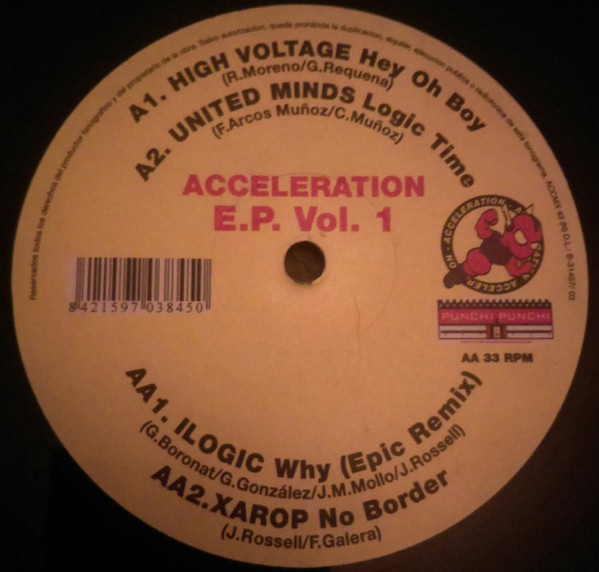
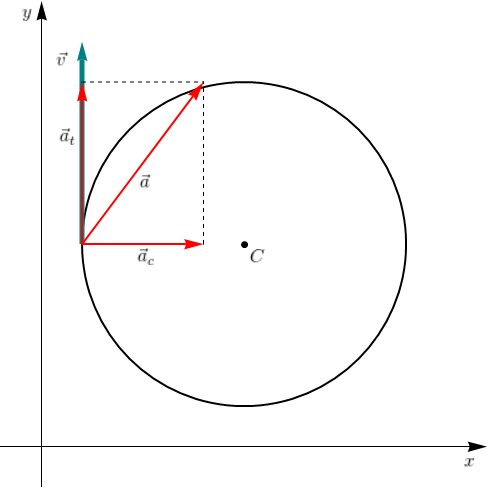

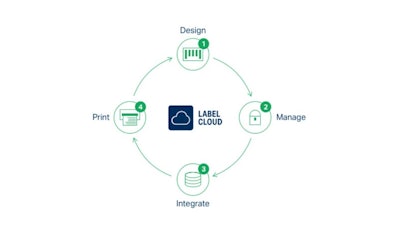




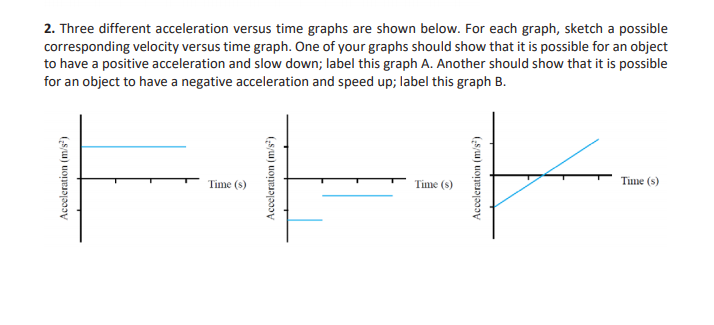







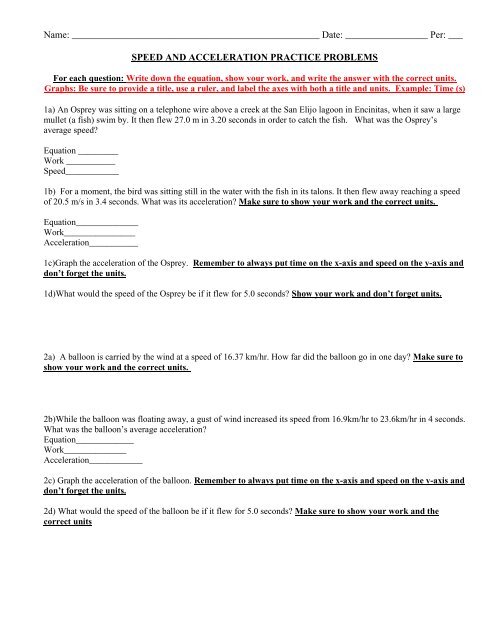
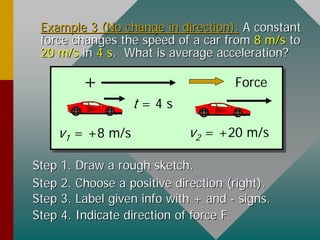
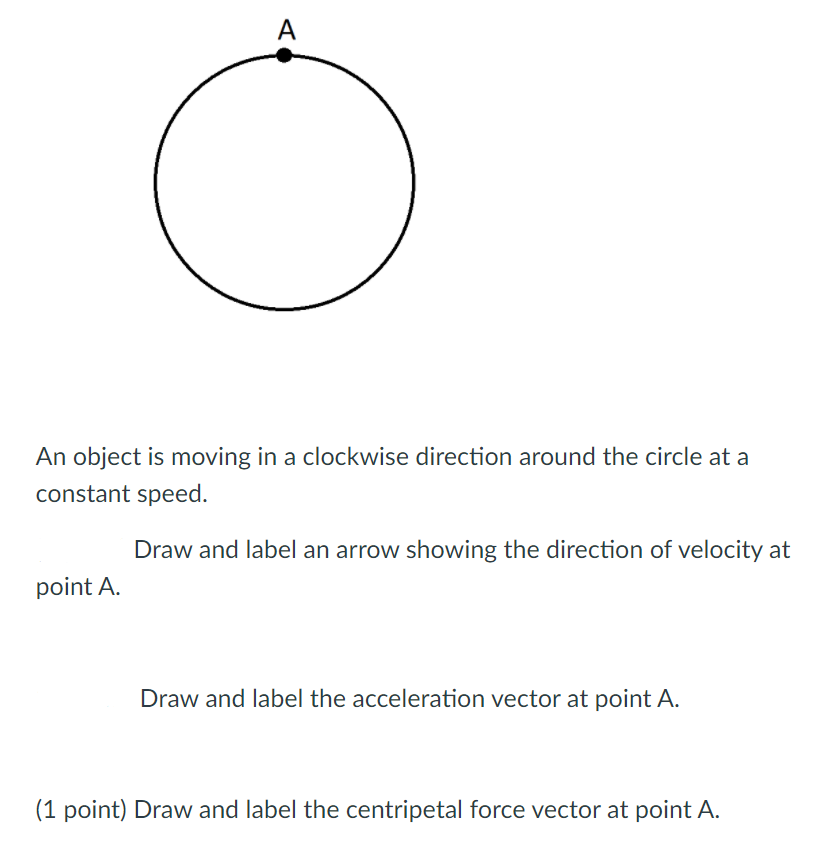


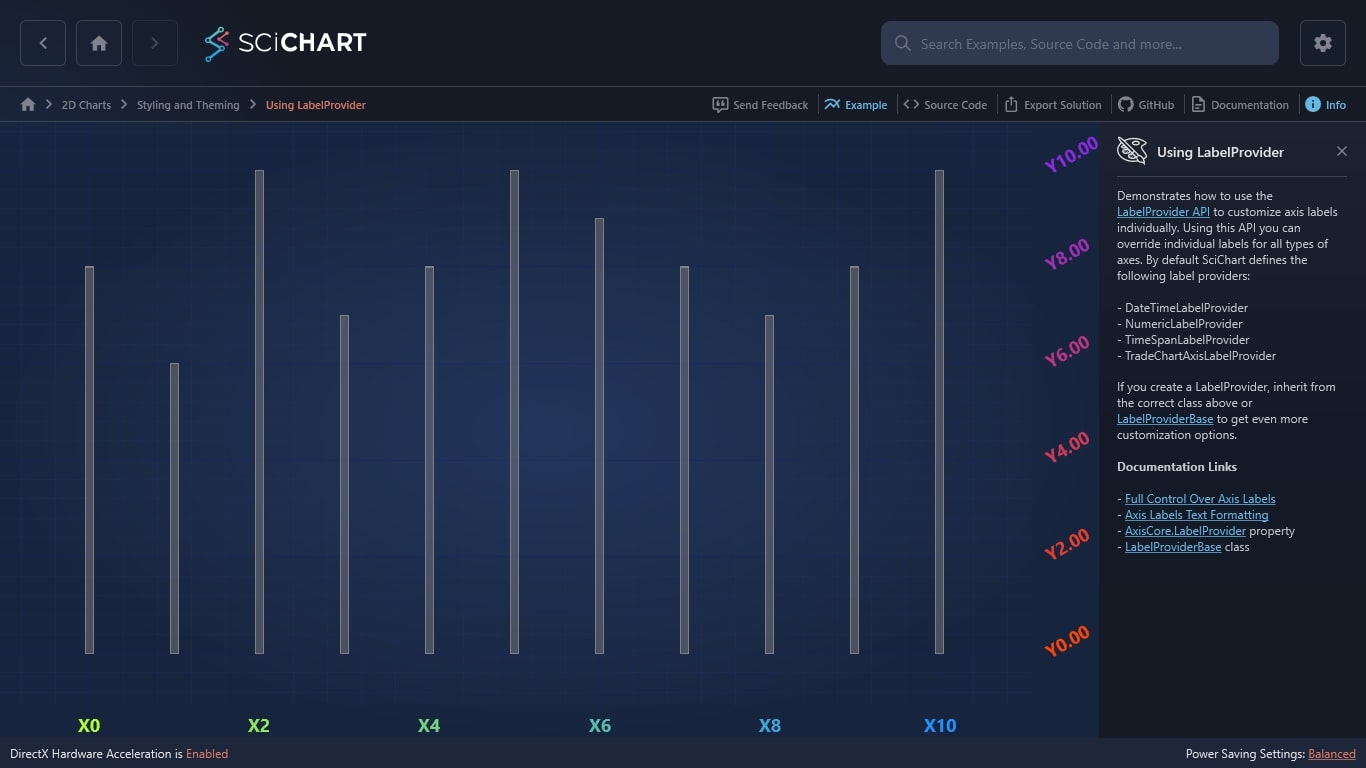
/photo/2021/07/06/ilustrasi-oli-motor-gak-paham-k-20210706104150.jpg)
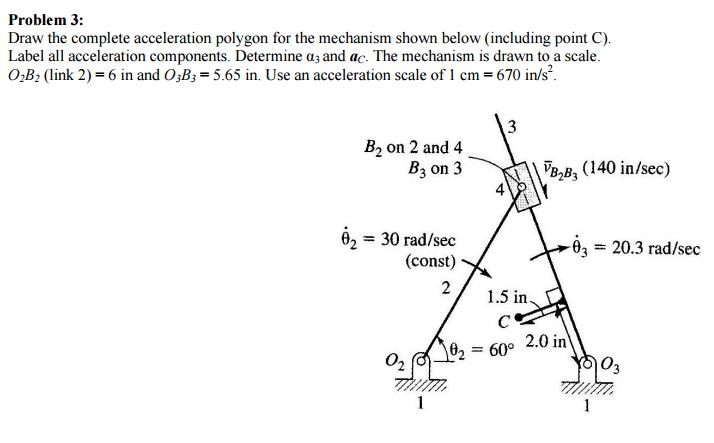


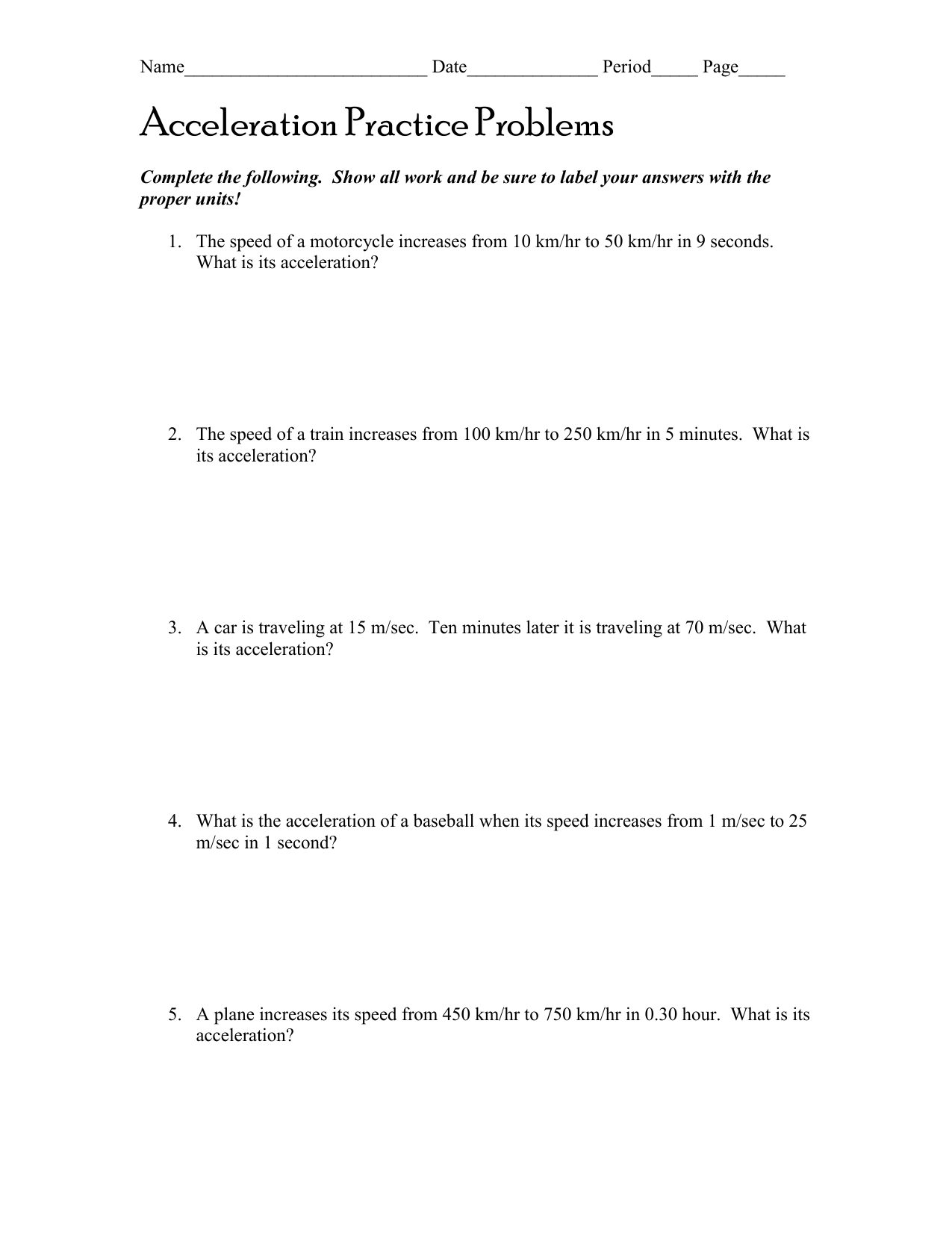

![physics] Please help me with this physics problem. I don't ...](https://preview.redd.it/2nsf5qyf2e051.png?auto=webp&s=452f8959a91289eac9d4bc56949f99cc959b2566)






Post a Comment for "44 what is the label for acceleration"